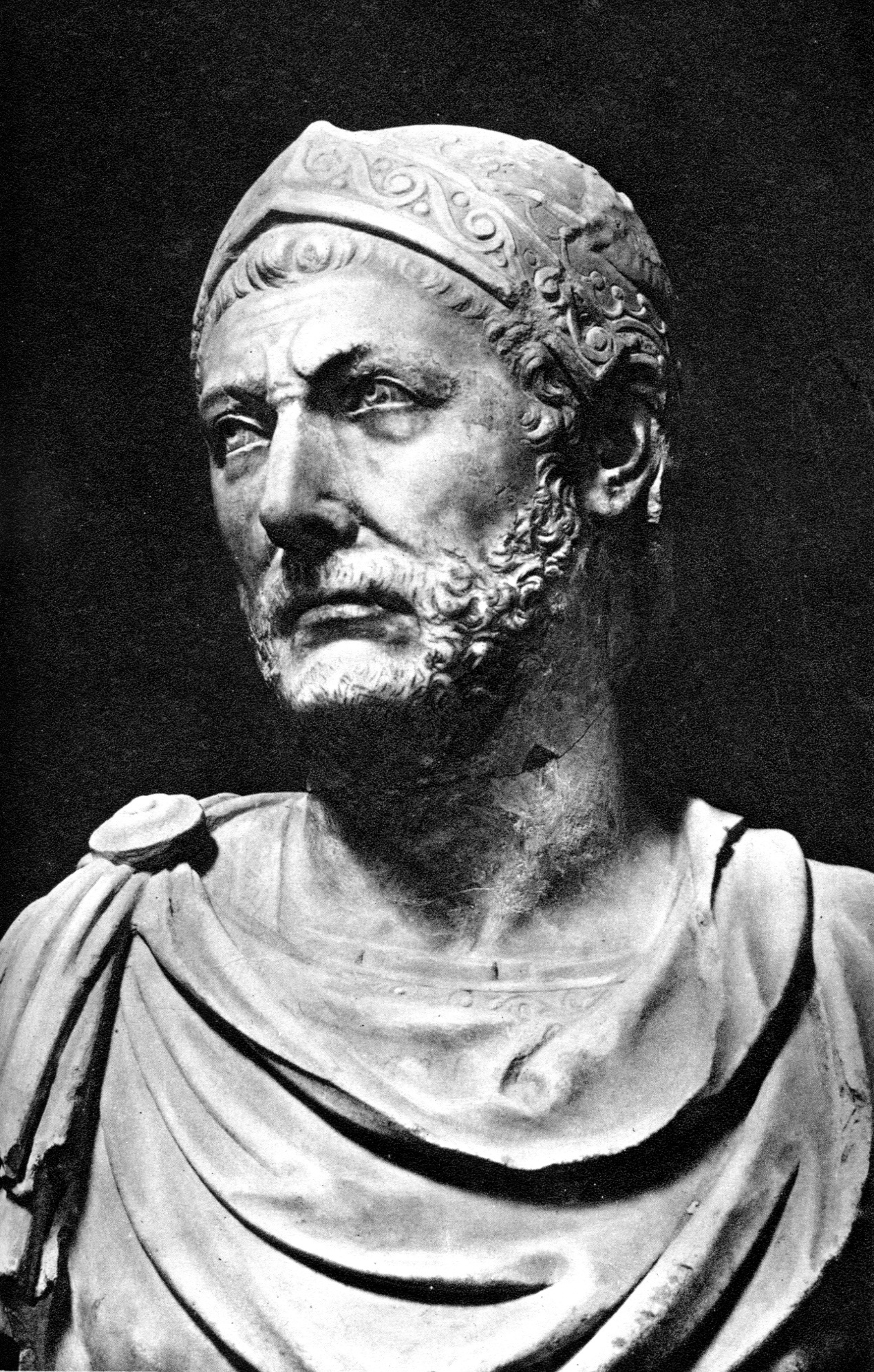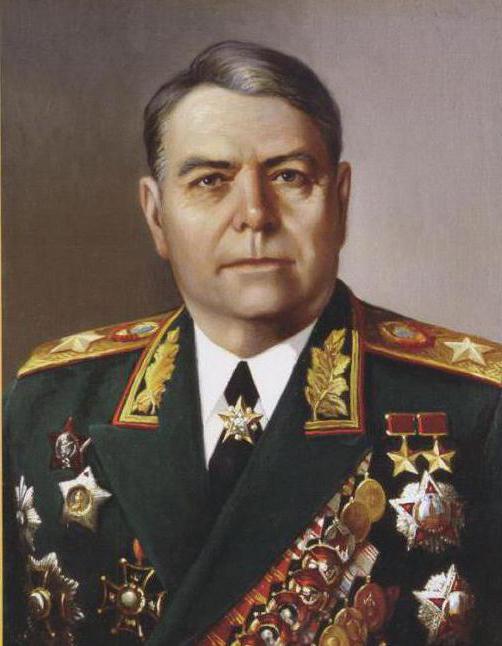Introduction and Development.
The intelligence services of large countries are often correct in their opinions and forecasts.
The specific intelligence tasks to which a few modern agents are dedicated usually end with partial or total success.
Complex works with ramifications and developments, which hide an estimable but not certain future, fail miserably. Because of this complex and future peculiarity. And, because the ability to observe and measure a parameter of the human soul is something elusive, doubtful and uncomfortable. Next we will see several specific cases.
The reasons for the divergence of successes between singular cases and the projection into the future (foreseen solution) of complex issues, transcending time, are partly in the difficulty of their conception, in the risk that is run in venturing and in the non contrasted exposure to the commands. Obviously, there is a dialectic here between the concealment carried out and the cognitive and intuitive process of its imagination, development and projection (estimated solution).
Only analysts freed from Scholasticism and field manuals are capable of placing themselves in the free, impartial and lucid mental state or position. To capture anomalous, complex and difficult enemy situations. Since they are paid for results and speed, which are contradictory variables, the luxury of putting an analyst agent in a “quiet position” for an unpredictable, indefinite period of time is not usually acceptable.
The new techniques for detecting, observing and tracking targets should not be underestimated. Based on computers, electronic sensors, Artificial Intelligence. But, the presence of field agents should not be suppressed, but rather supported and increased. Cyber monitoring can specify for our spy the precise area of investigation and study.

The field agent is an infiltrator in a neutral or hostile environment. Able to approach and penetrate the government, business or social media of the rival. And capture relevant, important information in a consistent and sustained manner. The field agent gives a seal of verisimilitude or even reality to the information captured from the enemy.
It is not easy to recruit, train and insert your own field agent. Hence, in an era of haste, superficiality and intellectual complexity, technological means have been favored over field agents for espionage work.
Afghanistan 2021.
We all remember the moments of the change of government in Afghanistan in August 2021.
During almost 20 years of staying there, the United States had spent enormous sums of money on said stay, providing various support to the Afghan State and to choosing, training and equipping the Afghan National Army. The Americans even boasted in their public communications, especially from the Defense Department, that they were making progress in the anti-terrorist fight against the Taliban.

This turned out to be like the “Potemkin villages.” That the Russian minister of that name prepared in the path that Tsarina Catherine the Great would follow on a trip. So that her trashy inhabitants would appear happy and shiny as her Imperial Majesty passed by.
As soon as the last American troops had to withdraw, the Afghan soldiers, who also turned out to be shoddy, began to surrender their weapons and escape the feared wrath of the Taliban. US forces were only able to secure a defensive perimeter of the Kabul airport. But, the “friendly Afghans” and their families had to get there to board a flight. Fleeing the tidal wave of the barbarity of the Taliban (scholars of the Koran).

As it had been negotiated with the Taliban to accept control of the airport by Western soldiers for a few days, this was not enough for many «collaborators» of the Westerners (translators, drivers, cleaners, etc.) and their families. Many had to make a painful journey to Pakistan to gain their freedom and their lives.
Vietnam War. American stage,
In the United States, during the Vietnam War, the “Igloo White” program was established, endowed with 1.7 billion US dollars, between 1966 and 1971, for the tasks of collecting information on the North Vietnamese and Vietcong supply routes in South Vietnam. The route started from North Vietnam, entering Laos, near the common border, and was the line of all kinds of supplies for the aforementioned forces, operating in South Vietnam. The route was strewn with devices that simulated a plant and were transmitters of information for US intelligence. They measured 1.2 ms. and their battery lasted 50 days. Many times an unmanned flying object, a drone, was used, which collected information from the ground and transmitted it via television to a distant plane.

With the data collected from traffic on the roads, the Americans decided on interdiction bombing actions, carried out by their different aerial devices, including the invisible, inaudible and precise B-52 strategic bombers. In early 1971, data from aerial photos after the bombings, taken from planes flying after the attack formations, allowed analysts to assume that the “truck war” was causing a very severe strain on the industrial capacity of North Vietnamese suppliers (China and the USSR).
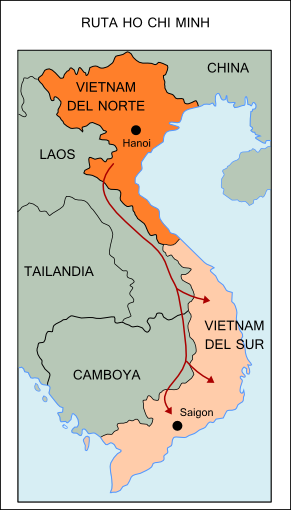
But, if it was true that so many trucks and equipment were destroyed, how was it possible that the communists maintained the initiative in South Vietnam? On the other hand, where were the tens of thousands of remains of trucks and other materials that literally plagued many of the roads and logistics parks on the Ho Chi Minh Route? Who bothered to remove them?

Another embarrassing issue was that the total number of vehicles counted by the US aviation as destroyed, exceeded several times the total number of cargo transport vehicles that North Vietnam had, according to Intelligency.
The answer to this essential mystery was soon given by the young American officers (juniors): they were eaten by a monster called the “Great Laotian Truck Eater”; a horrendous scavenger that rose towards dawn and devoured the vehicles destroyed by aviation during the night, after the required photographs for the “wreck count”, the count of debris achieved. Because Americans are very scrupulous with statistics and consider lying a «social sin» that is almost unforgivable for officials.
(TO BE CONTINUED)

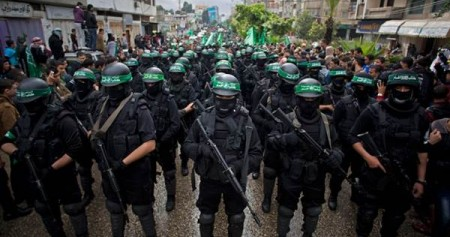
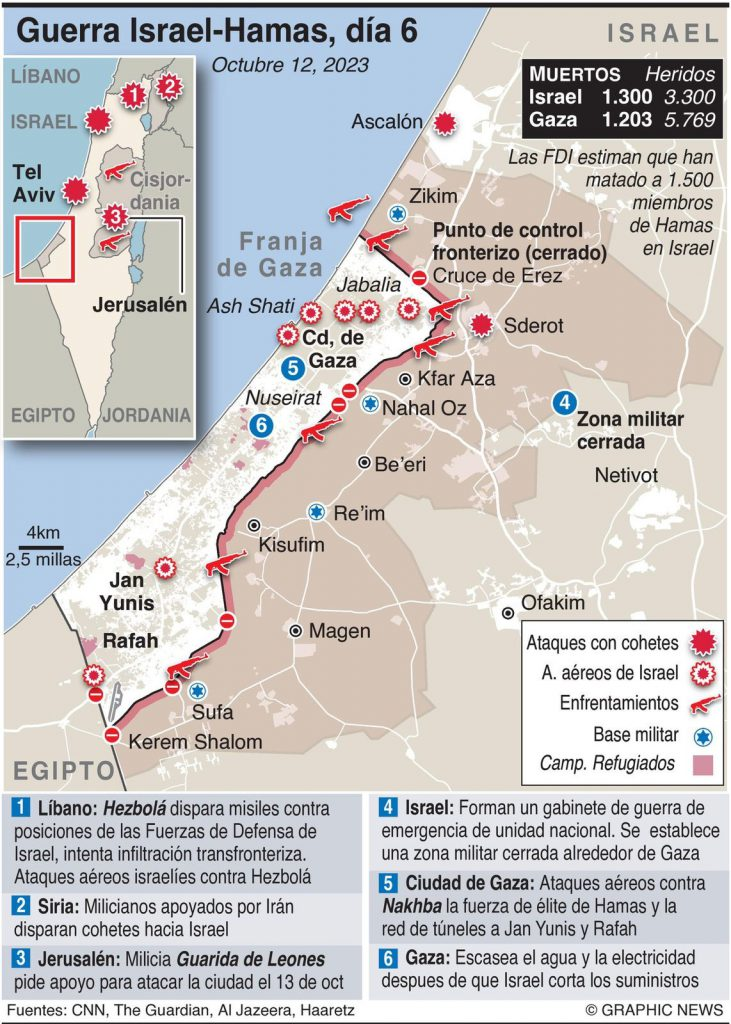
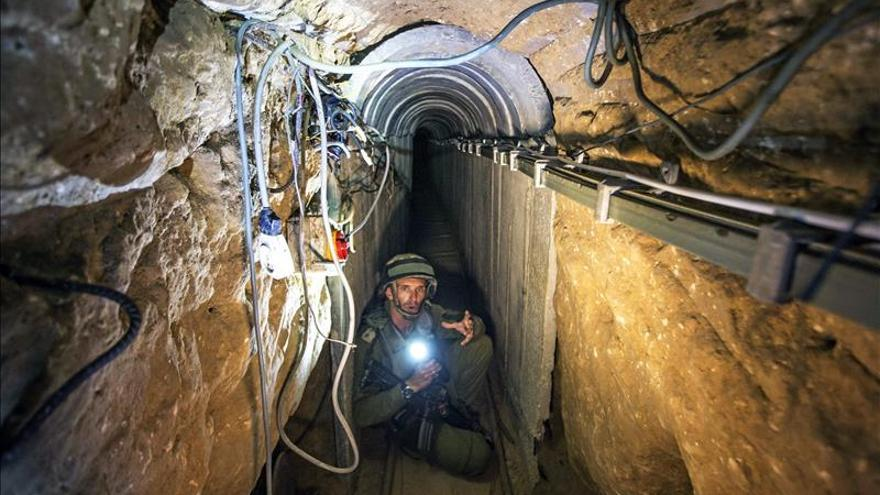


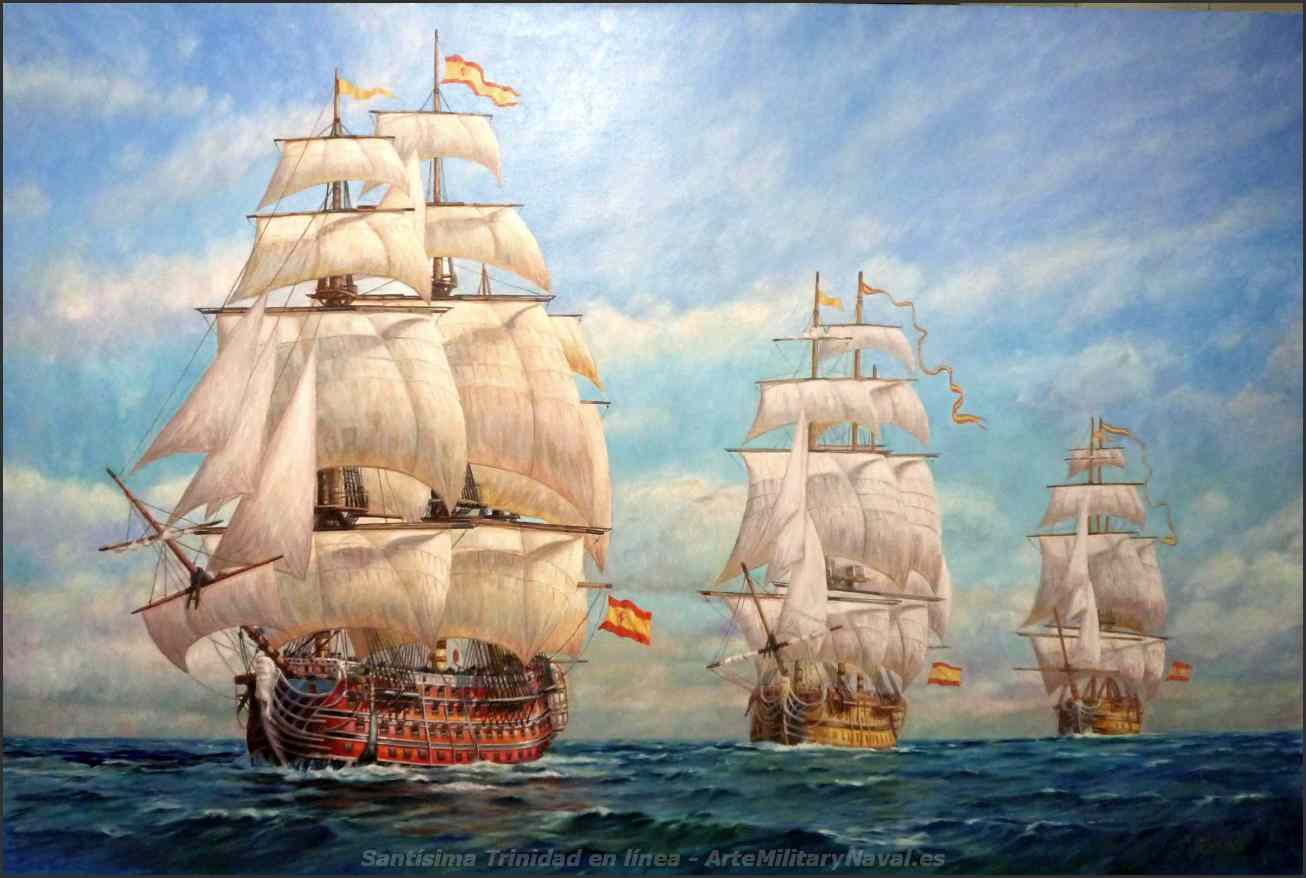
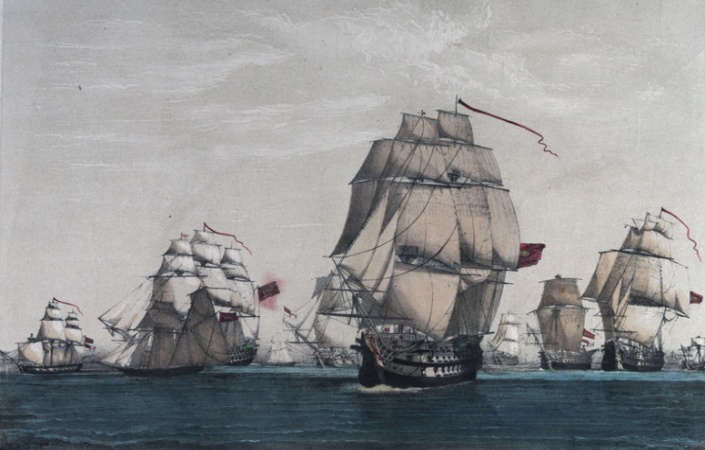
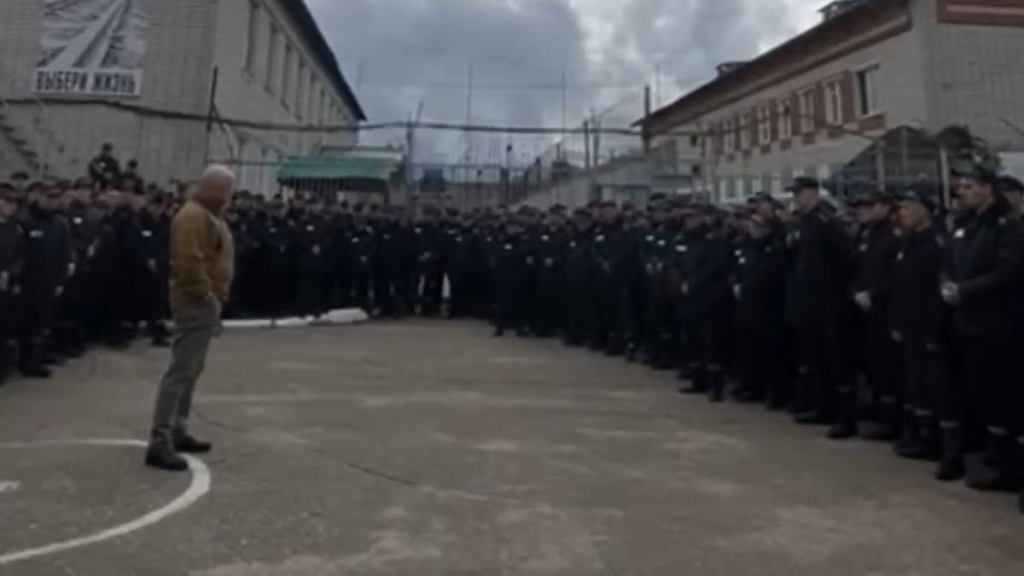
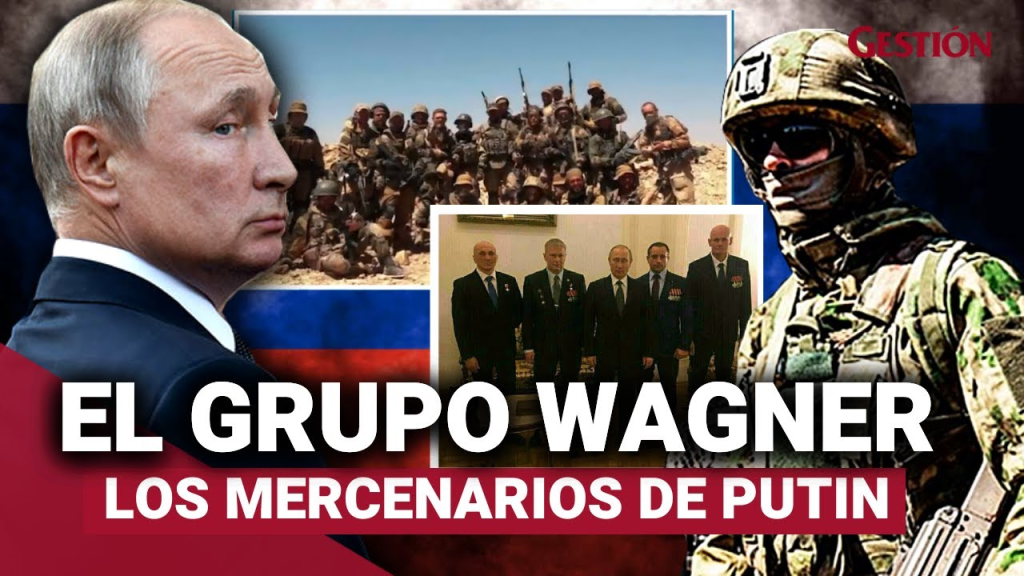
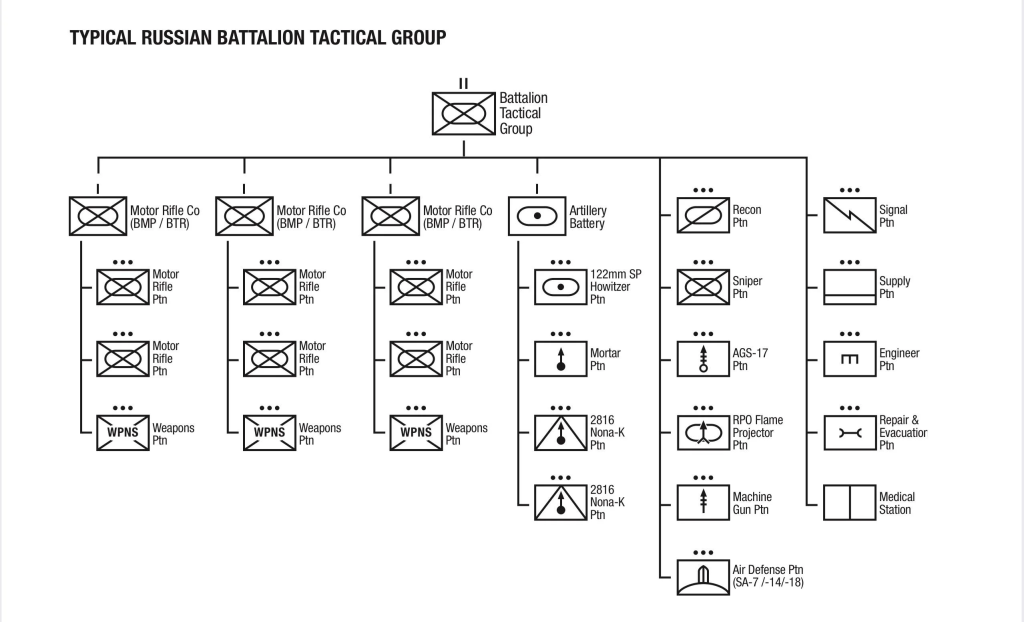
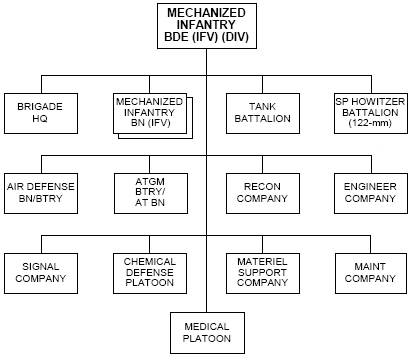
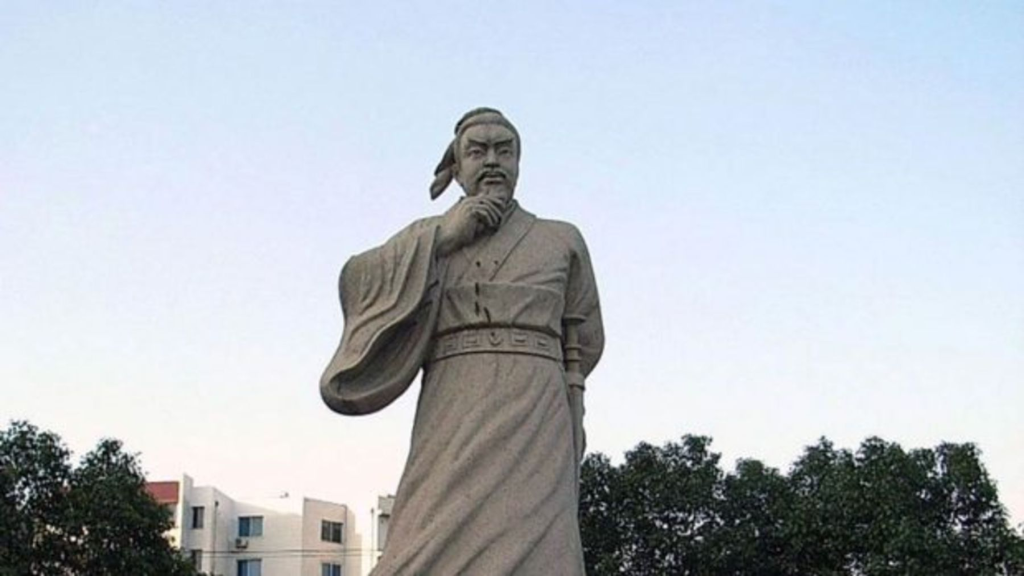
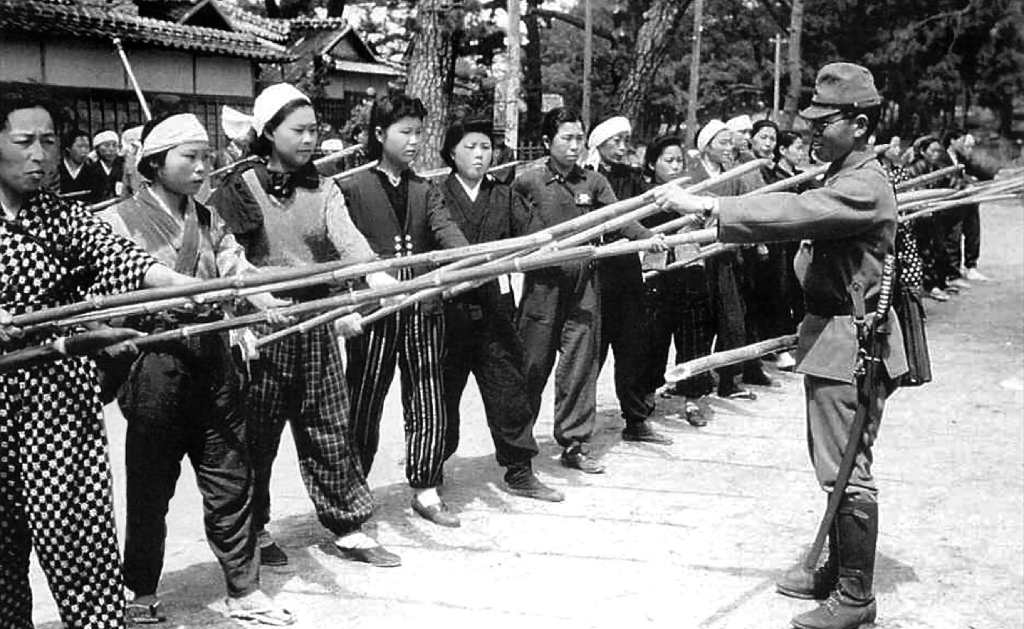
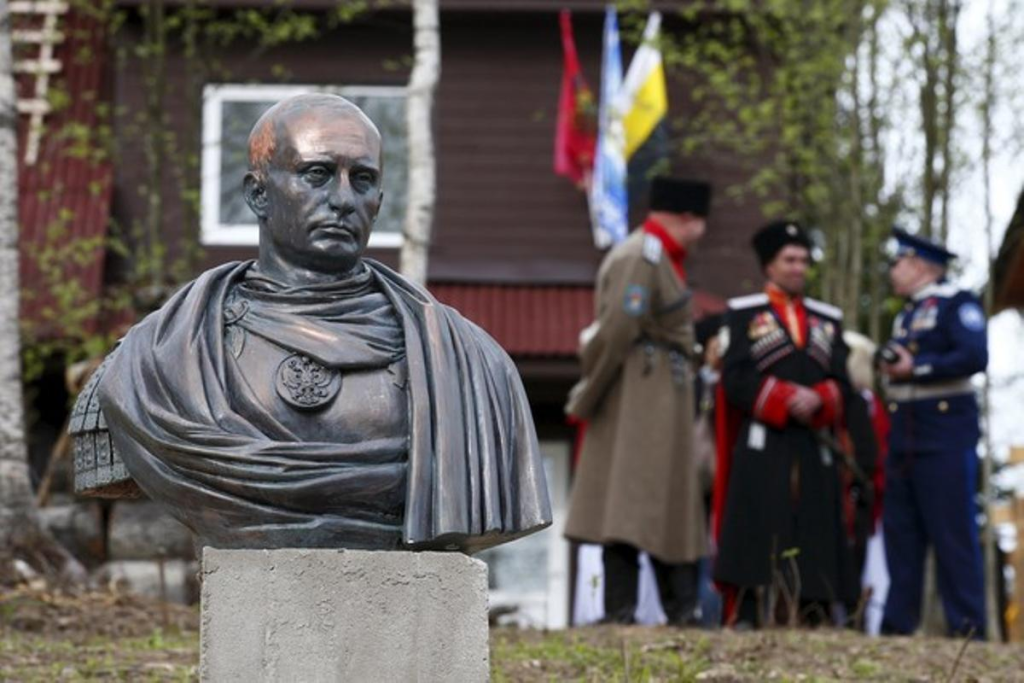







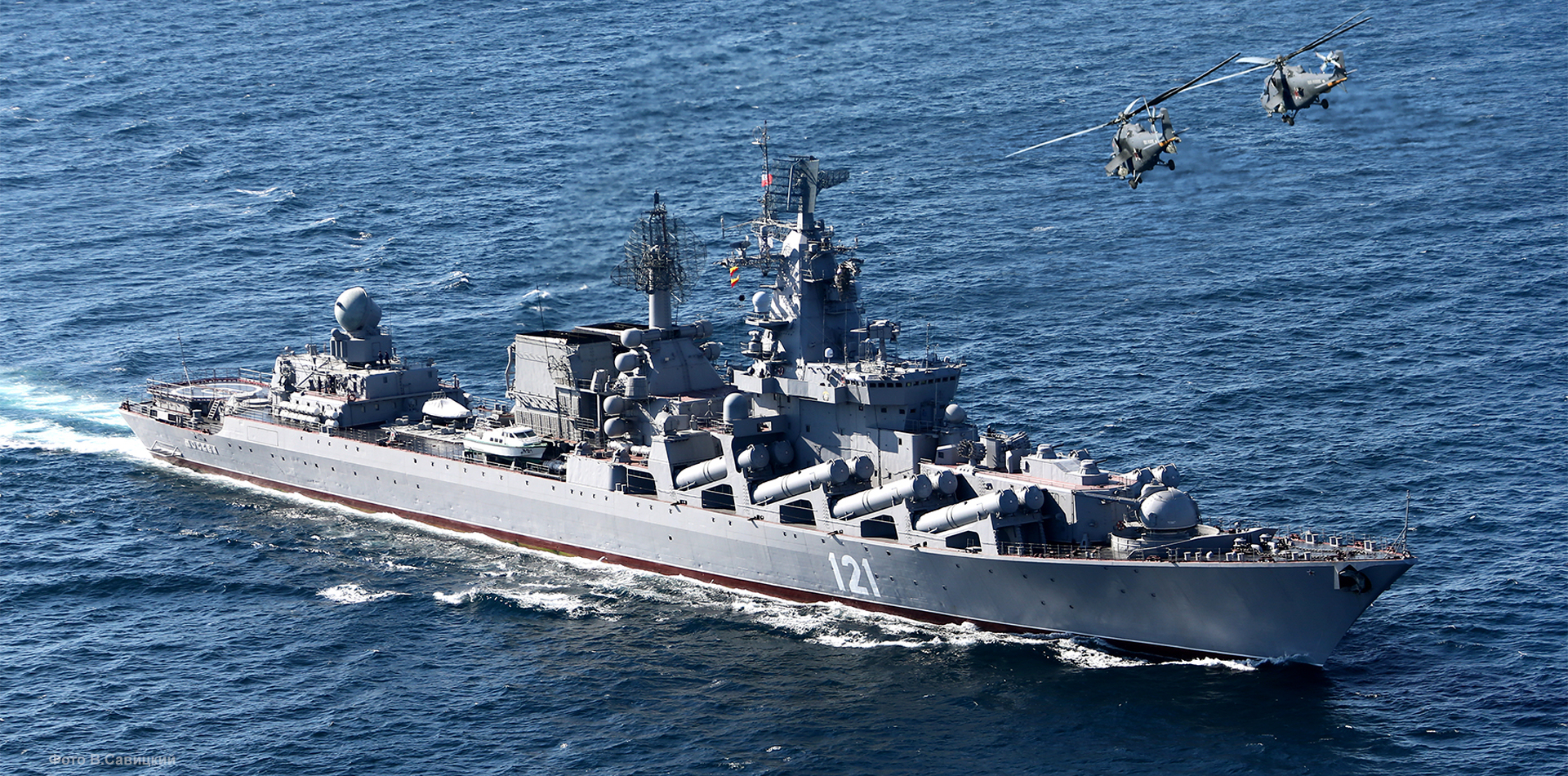
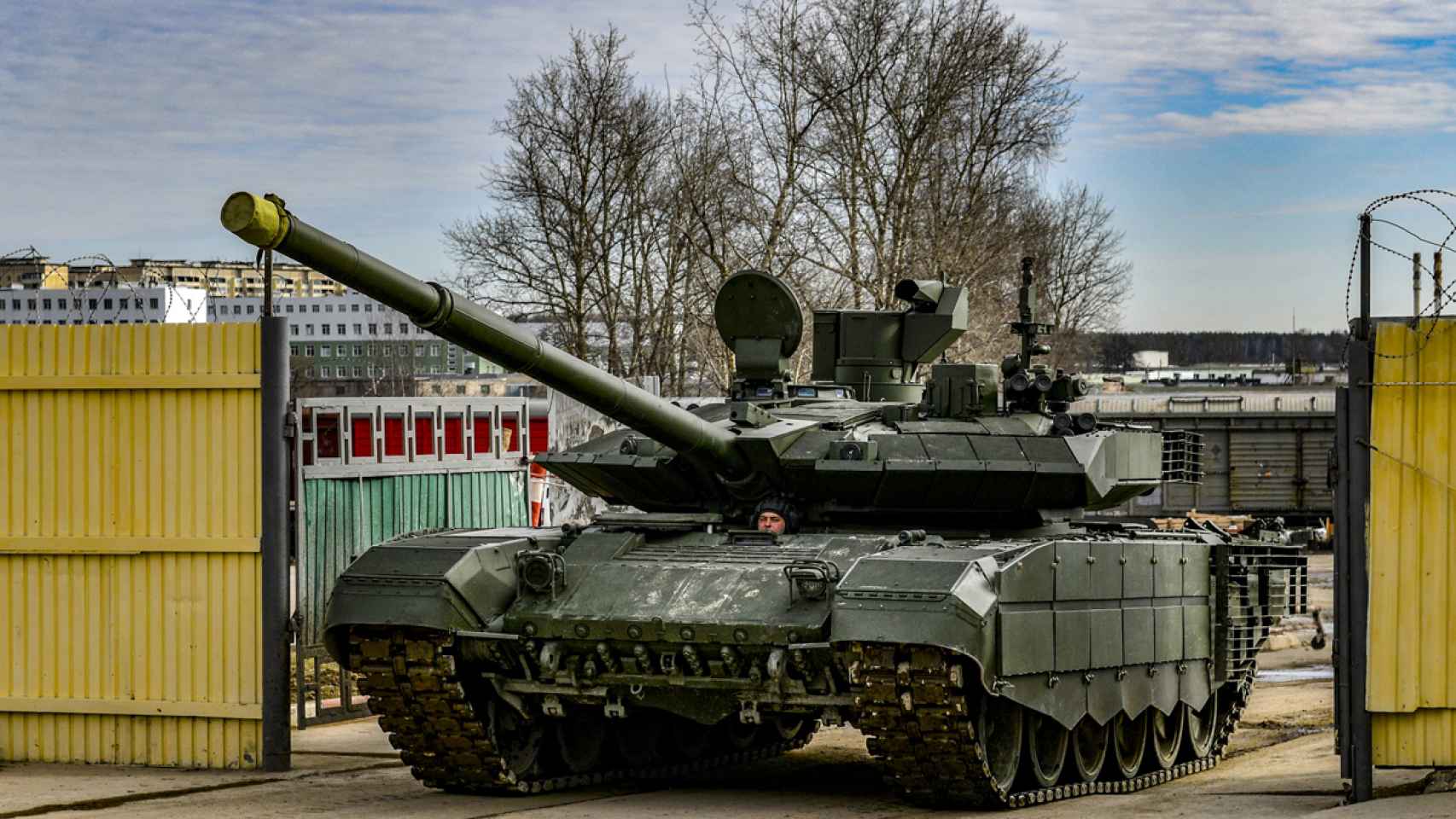
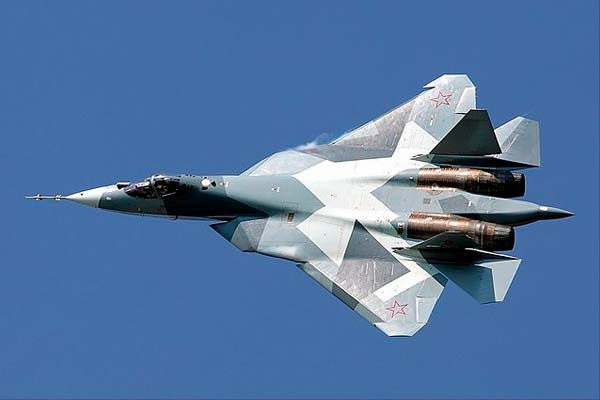




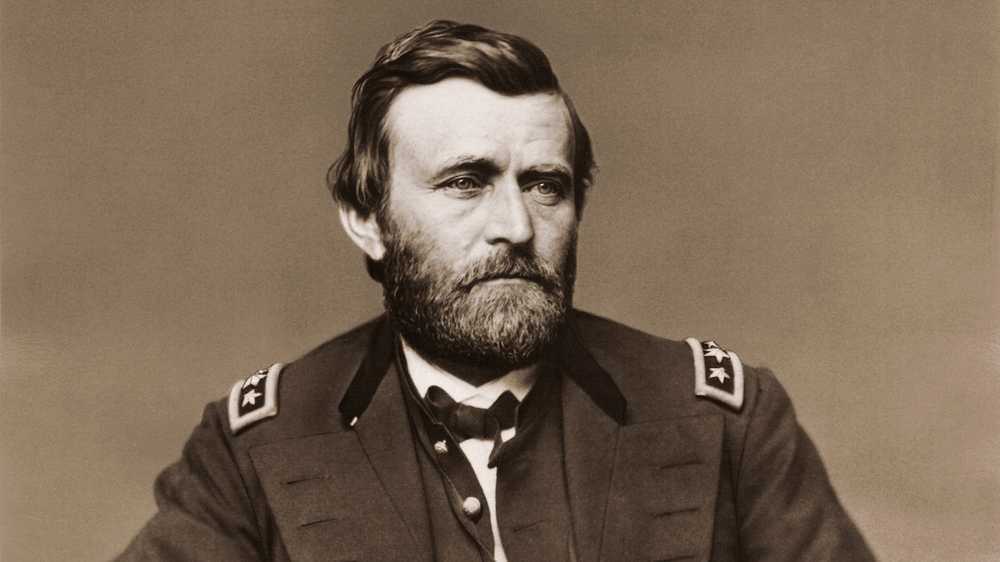
.jpg)
:quality(85)//cloudfront-us-east-1.images.arcpublishing.com/infobae/PHTIW5XUFRAQVLBTPKWJIGOJ4Q.jpeg)
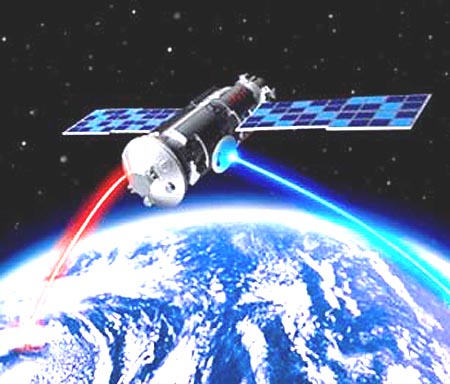
:quality(70)/cloudfront-us-east-1.images.arcpublishing.com/metroworldnews/2JHHEMPDWRB6VOD3EYTHT6VMOY.jpg)
